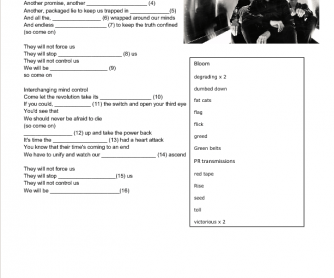

The Civilian Population and the Warsaw Uprising of 1944. Platform of European Memory and Conscience.

A wall, known as the heart of the museum, with sounds of battle and heartbeats emanating from it.A memorial wall with thousands of names of the fallen and the "Monter bell".Freedom park: street art inspired by the Warsaw Uprising.Freedom park: remnants of a statue of Józef Poniatowski that was blown up by the Germans after the uprising.Freedom park: a replica of the Kubuś armoured car, manufactured by the insurgents of the Powiśle district of Warsaw during the uprising.Freedom park: over 30 posters featuring colourised photographs taken during the uprising.Communist section: the Soviet takeover of Poland, Stalin's puppet government, lack of help for the uprising, and the fate of the Polish resistance in post-war communist Poland.Nazi section: the horrors of the German occupation and the atrocities committed by the Germans and their collaborators during the uprising.
#UPRISING MUSE MOVIE#
City of Ruins: a short 3D movie of the ruins of Warsaw taken from the air in 1945.Print shop: a room containing original typewriters and printing equipment used for producing underground newspapers during the German occupation.Observation tower: panoramic views of Warsaw from the top of the building.It concludes with Chopin's Prelude in D Minor, Op. Large cinema: on the ground floor, it presents a film reconstructed of newsreels.

#UPRISING MUSE FREE#
There are many free informative leaflets and flyers (in Polish and English), including 63 calendar pages covering the dates from 1 August 1944 to 2 October 1944 – each containing a summary of the most important events that took place on that particular day of the uprising. There are displays dedicated to each district of Warsaw. There are exhibits over several floors, containing photographs, audio and video, interactive displays, artifacts, written accounts, and other testimonies of how life was during the German occupation of Warsaw, the uprising, and its aftermath. The museum covers all aspects of the Warsaw Uprising. The museum is a member organisation of the Platform of European Memory and Conscience.

Its director is Jan Ołdakowski, with historian Dariusz Gawin from the Polish Academy of Sciences as his deputy.
#UPRISING MUSE ARCHIVE#
The museum's stated goals include the creation of an archive of historical information on the uprising and the recording of the stories and memories of living participants.
#UPRISING MUSE FULL#
It collects and maintains hundreds of artifacts – ranging from weapons used by the insurgents to love letters – to present a full picture of the people involved. The museum sponsors research into the history of the uprising, and the history and possessions of the Polish Underground State. It opened on July 31, 2004, marking the 60th anniversary of the uprising. The institution of the museum was established in 1983, but no construction work took place for many years. The Warsaw Rising Museum ( Polish: Muzeum Powstania Warszawskiego), in the Wola district of Warsaw, Poland, is dedicated to the Warsaw Uprising of 1944.


 0 kommentar(er)
0 kommentar(er)
